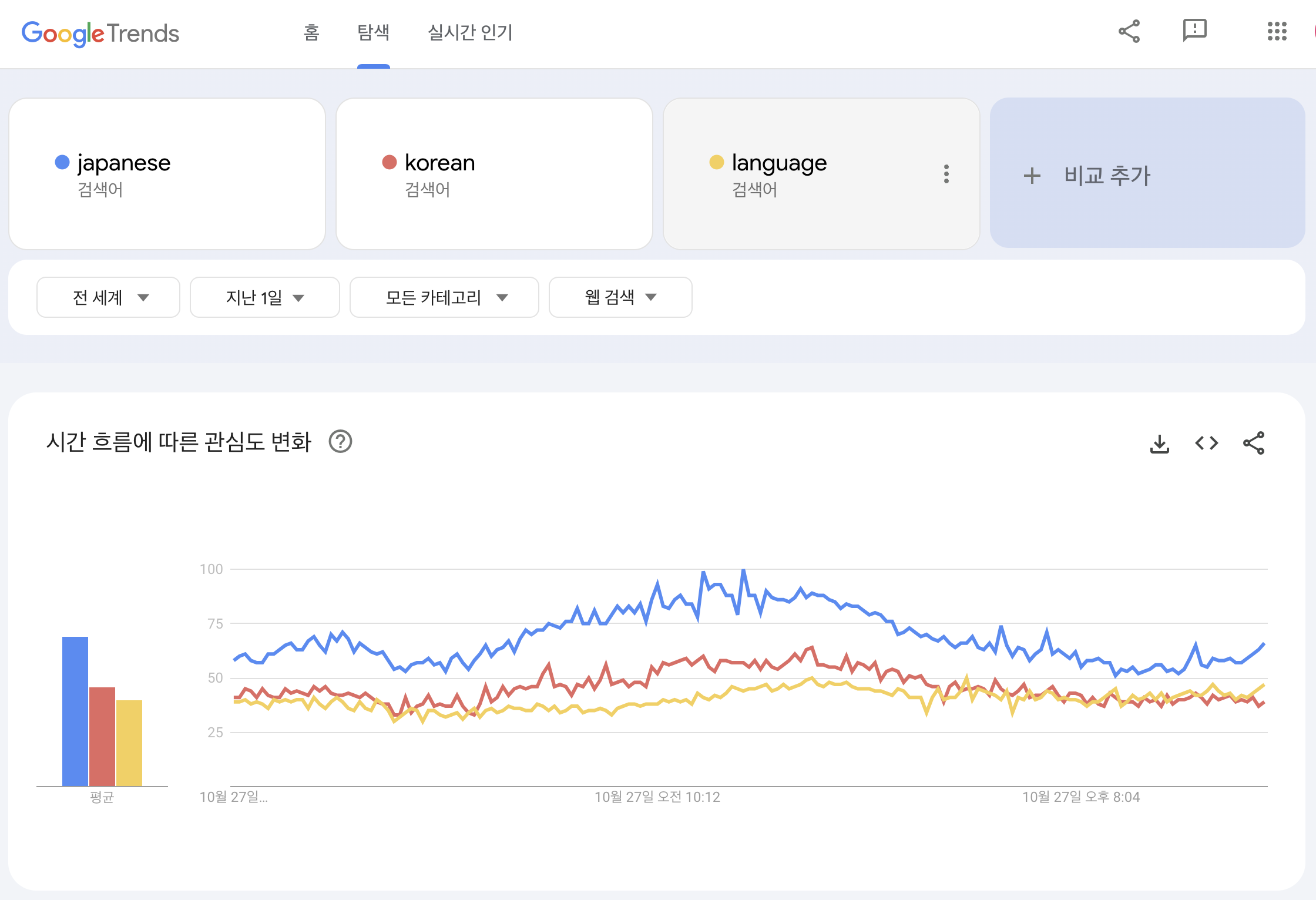How I started Building My AI Product as a Solo Developer - Planning

As a solo developer and indie hacker, I’ve decided to launch my own product by the end of the year. I’ve come up with plenty of ideas over the years, but recently I decided to focus on one that could really make an impact.
Planning Workflow
- Identify a Pain Point
- Validate (Repeat steps 1 and 2 as needed)
- Create a Development Schedule

Identifying Pain Points
Over time, I’ve been archiving various life “pain points” in Notion, jotting down any ideas that came to mind—whether SaaS-related or not. These ideas vary, some as niche as a “Rental Polaroid” service, to more functional concepts like “Photo Cards with Discount Coupons.” This archive is full of concepts, some quirky and some potentially viable.
I recently revisited this list and narrowed it down to four or five options. After assessing these ideas, I chose one centered on language learning—a pain point I could relate to personally.
I’m currently studying Japanese and English through phone-based tutoring sessions. In particular, Japanese classes make me nervous since I’m far from fluent, and this lack of confidence often becomes a barrier.
The main issue I identified: While free-talking sessions are crucial for language acquisition, they can be intimidating for many learners.
There are already language-learning AI tools on the market, indicating a validated interest in this space.
Validation Process
To narrow down my options, I focused on two main areas: market viability and technical feasibility.
For market analysis, I used Google Trends to gauge interest levels, comparing searches on Japanese vs. Korean learning. Japanese language learning showed a significantly larger demand, so I decided to target users interested in Japanese.

Google Trends Japanese vs. Korean
Challenge: Cost Constraints
At this point, I came across OpenAI’s “Realtime API” which supports low-latency, audio-based I/O—perfect for a natural conversational experience. However, after testing it on OpenAI’s Playground, I discovered it was cost-prohibitive, with rates running as high as $0.50–$0.80 per minute. Realizing the potential for steep operational costs, I adjusted my approach.

Realtime API Cost from OpenAI Docs
To manage costs, I decided to prioritize audio input, essential for assessing pronunciation, but use text output converted to audio to create a conversational flow. This approach sacrifices some emotional nuance but is far more cost-effective.
Development Timeline
As a student balancing schoolwork, a clear schedule is essential to meet my year-end launch target. I’ve allocated minimal time for UI—AI tools will assist with the design, logo, and naming. This should save time for the backend, which is less familiar territory for me.
I plan to leverage tools like Cursor to help streamline prompt engineering and backend configurations. I expect some setbacks but look forward to the learning curve.
Key Takeaways
A solo developer must prioritize cost efficiency to maximize margins, especially in AI-heavy applications. High margins with a modest customer base are more sustainable than a low-margin, high-volume model. I realized this during validation but will incorporate it earlier in future planning phases.
The story will continue—likely with more backend development challenges and unexpected lessons along the way.

